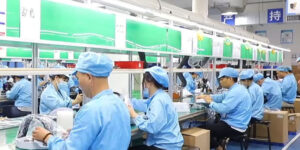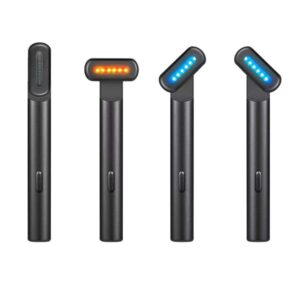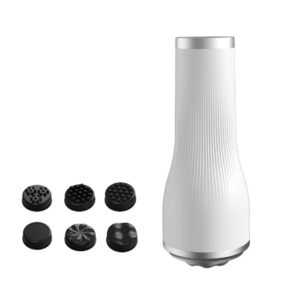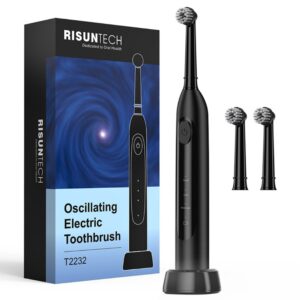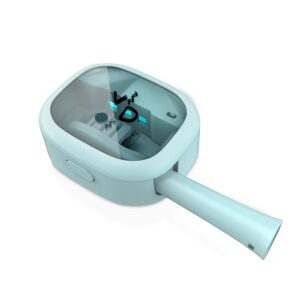Summary
Blackhead remover vacuums, also known as pore suction devices, are handheld tools designed to extract impurities from the skin by utilizing suction technology. As an increasingly popular addition to at-home skincare routines, these devices have gained attention for their ability to improve skin clarity by effectively targeting blackheads and other debris clogging pores. Their rise in popularity correlates with a broader trend of consumers seeking professional-like results in the comfort of their own homes, driven by an interest in achieving healthier skin without frequent visits to dermatologists or aestheticians.
While blackhead vacuums are recognized for their efficacy, they are not without controversy. Experts warn against their use on active acne or inflamed skin, as improper application can lead to adverse effects such as bruising, irritation, or even infection. Additionally, there are concerns about the potential for users to misuse these devices, leading to complications and decreased skin health if not used according to guidelines. Understanding the various types of blackhead vacuums, along with proper usage techniques and safety precautions, is essential for anyone considering these devices in their skincare regimen.
The effectiveness of blackhead vacuums can vary based on factors such as the device type, user technique, and skin sensitivity. Reports from users indicate that with gentle application, these devices can yield immediate results by visibly clearing blackheads and improving overall skin texture. However, dermatologists emphasize the importance of professional consultation to tailor treatments to individual skin types and conditions, ensuring that users maximize benefits while minimizing risks.
In summary, blackhead remover vacuums present a convenient solution for addressing skin congestion but require careful consideration and adherence to safety guidelines to avoid potential complications. As the beauty industry continues to innovate, the conversation surrounding the safe and effective use of these devices remains relevant, particularly as more individuals embrace at-home skincare solutions.
Table of Contents
History
The use of devices for skin treatment has a long and varied history, evolving from traditional methods to modern technological advancements. The development of pore vacuums is part of this broader narrative in the evolution of skincare tools, which includes techniques ranging from manual extraction to more sophisticated electronic devices.
Early Techniques
Historically, skincare practices often involved manual extraction of blackheads and other impurities, a method frequently performed by beauticians or dermatologists. Tools such as comedone extractors were commonly used, allowing professionals to apply even pressure around clogged pores to extract debris safely. These early techniques laid the groundwork for the desire for more efficient and less invasive methods of skin cleansing.
Technological Advancements
As skincare science progressed, the introduction of electrical devices marked a significant shift in how skin treatments were performed. The emergence of pore vacuums represents a pivotal innovation, with these handheld devices using suction to remove dead skin, excess oil, and other impurities from pores. These devices gained popularity in the late 20th and early 21st centuries, coinciding with a growing consumer interest in at-home skincare solutions that mirror professional treatments, such as facials that often employed similar suction techniques.
Modern Usage and Popularity
In contemporary skincare routines, pore vacuums have become widely recognized for their efficacy in treating congested skin, particularly for individuals with oily skin types prone to blackheads and whiteheads. However, experts caution that these devices should not be used on active acne, as this can worsen skin conditions and potentially spread infection. The combination of user-friendliness and the allure of achieving salon-quality results at home has contributed to the rising trend of pore vacuums, making them a staple in many skincare arsenals today.

Types of Blackhead Remover Vacuums
Blackhead remover vacuums come in various forms, each designed to cater to different skin types and preferences. Understanding the various types can help users choose the most suitable device for their skincare routine.
Standard Pore Vacuums
Standard pore vacuums are handheld devices that utilize suction to remove impurities from the skin. These devices typically come with a circular nozzle that users position over the blackhead. When activated, they create a mild suction that extracts oil, dead skin, and debris from the pores. Many models feature adjustable suction settings, allowing users to customize the intensity based on their skin sensitivity and specific needs.
Microdermabrasion Vacuums
Some blackhead remover vacuums incorporate microdermabrasion technology. These devices not only provide suction but also include exfoliating tips that help slough away dead skin cells while cleaning the pores. This dual-action approach can enhance overall skin texture and tone, making them appealing for individuals seeking more comprehensive skincare solutions.
Spatula Devices
Spatula devices, which are similar to pore vacuums, utilize gentle vibrations and pressure to remove blockages from the pores. They are particularly suited for sensitive skin types as they minimize the risk of irritation compared to traditional suction vacuums. These devices are generally easier to control, allowing users to adjust the pressure applied to their skin.
Multi-Attachment Vacuums
Many vacuums come with multiple attachments designed for different areas of the face. These attachments may vary in size and shape, enabling users to target specific areas more effectively, such as the sides of the nostrils or the forehead. A variety of tips ensures that the device can be used for various skin concerns, from blackheads to larger pores.
Portable Models
Portable blackhead remover vacuums are lightweight and designed for easy travel. These models often retain functionality while being compact, making them ideal for on-the-go skincare routines. Most portable devices feature adjustable suction levels, ensuring they can be tailored to different skin types and conditions.
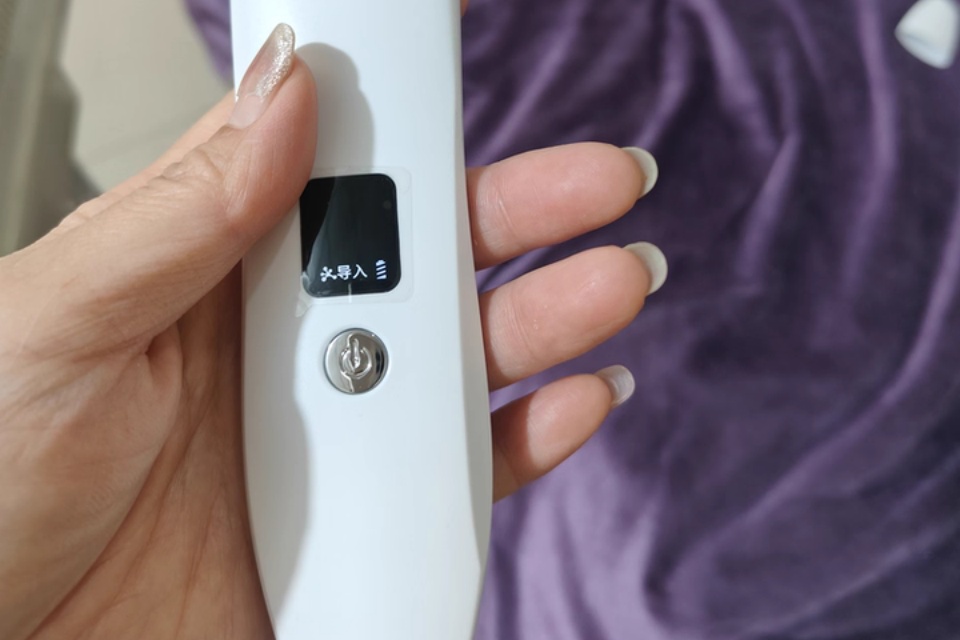
How Blackhead Remover Vacuums Work
Blackhead remover vacuums, also known as pore suction devices, operate on the principle of mild suction to extract impurities from the skin. These devices target blackheads and other debris by creating negative pressure on the skin’s surface, which helps lift out sebum, dead skin cells, and other debris clogging the pores.
Mechanism of Action
To effectively use a blackhead vacuum, the nozzle must be positioned correctly over the targeted blackhead, ensuring a tight seal against the skin to maximize suction. The device is designed to generate a specific amount of pressure—typically around one pound—which is sufficient to dislodge stubborn blackheads. When activated, the suction action pulls the impurities toward the surface, allowing them to be collected within the device’s inner chamber, which is usually transparent for visibility.
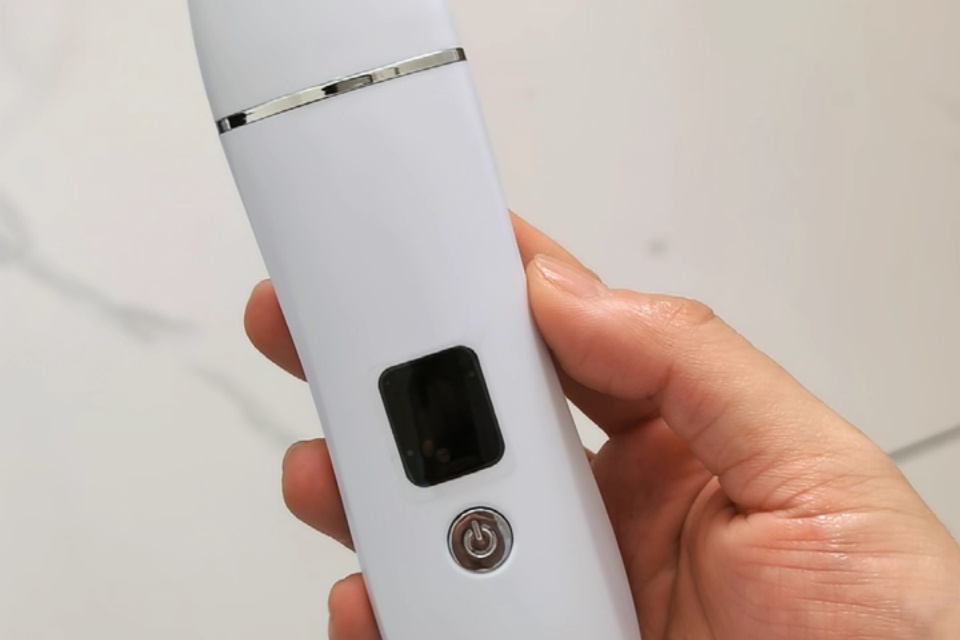
Usage Instructions
Proper usage of blackhead vacuums is crucial for achieving desired results without causing skin damage. Preparation: Start by ensuring the device is charged or plugged in, and confirm that it is ready for use. Positioning: Hold the vacuum at a ninety-degree angle over the blackhead, ensuring the nozzle forms a complete seal with the skin. Activation: Activate the suction and press down smoothly; avoid lingering in one spot for too long to prevent bruising or pucker marks on the skin. Movement: It is important to keep the tool moving across the skin rather than holding it stationary to minimize the risk of injury. Post-Use Care: After usage, clean the nozzle with soap and hot water to maintain hygiene and effectiveness.
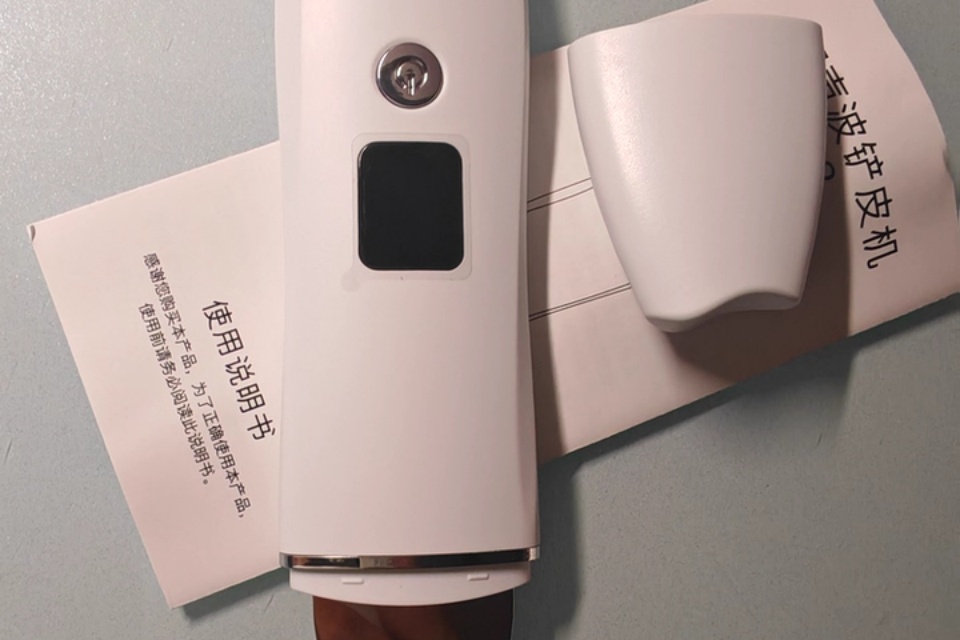
Safety Considerations
When using blackhead remover vacuums, it is essential to prioritize safety to avoid potential adverse effects on the skin. Generally, these devices are considered safe for at-home use when the provided instructions are strictly followed, and they can effectively remove debris from deep within the pores painlessly. However, improper usage can lead to complications such as bruising or redness.
Cleanliness and Preparation
To minimize risks, cleanliness is paramount. Users should always wash their hands and the tool with soap and water before each use. This practice helps prevent the introduction of bacteria and reduces the likelihood of infections.
Proper Usage Guidelines
Following manufacturer guidelines is crucial for safe operation. Users should limit the frequency of use to once or twice a week to avoid overstimulation of the skin. Additionally, the device should not be left in one spot for too long, as this can increase the risk of redness and bruising. Newer models, like the AquaJet, feature adjustable settings that allow for a more tailored experience, which can benefit inexperienced users.
Skin Sensitivity and Conditions
Individuals with sensitive skin or conditions such as rosacea should approach with caution. High suction levels may exacerbate irritation and lead to inflammation or damage to the skin barrier. Consulting with a dermatologist or skincare professional is advisable for those with underlying skin issues before using these devices.


